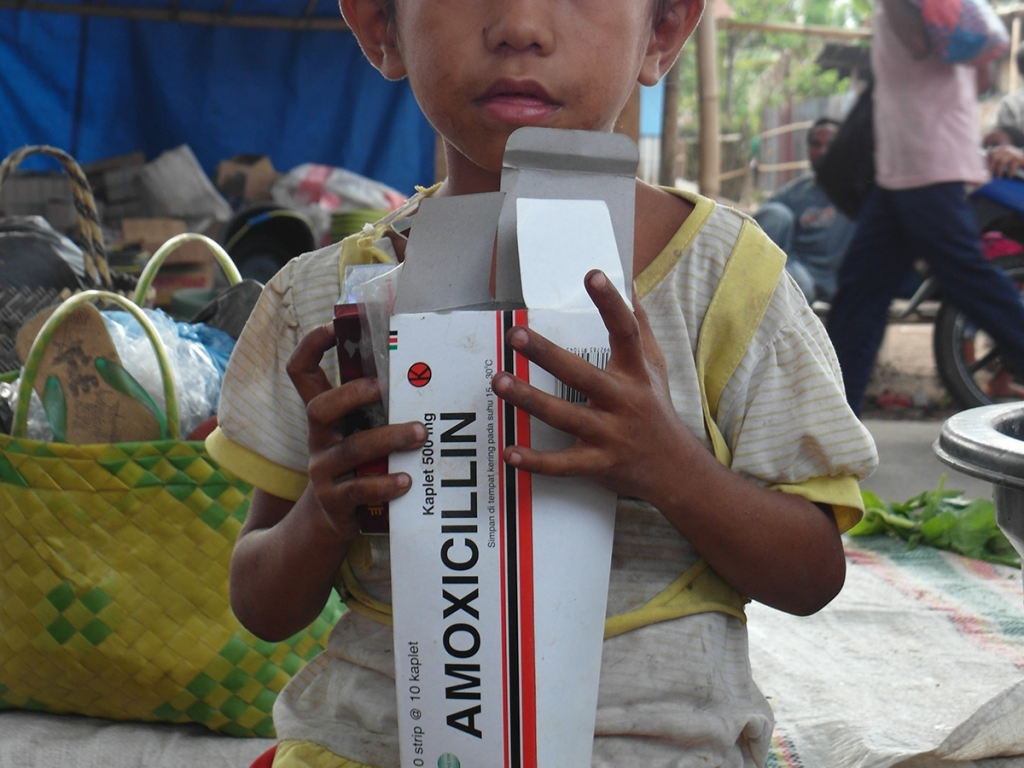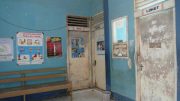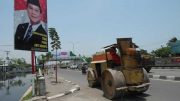
Getting medicines to patients across Indonesia’s 13,000 islands: what could possibly go wrong?
Let’s start with an apology for a silence which some of you have been kind enough to point out has been going on muuuuuuch too long. It turns out that pandemics are busy times for people whose day job is in infectious disease epidemiology. They also keep one away from loved-ones, including Bad Boyfriends. This is the longest I have been without visiting Indonesia in more than 20 years. However, I do “visit” nearly every day, as I work with wonderful colleagues at Universitas Pancasila, Brawijaya, UGM and elsewhere to try and support Indonesian health authorities, especially in assuring the quality of medicines.
It’s a hot topic right now, because of the Ivermectin scandal. Ivermectin is the latest in a growing list of “miracle cures” for COVID-19, following a lot of others that didn’t quite pan out as hoped (hydroxychloriquine, sunbathing, injecting bleach etc.) Though intended as a treatment for worms, it drew the eye of the Defence Minister Prabowo Subianto (after some flagrant lobbying by Indonesian meds manufacturer PT Harsen). Demand, and the price, duly soared. The Indonesian medicine regulator BPOM has done an extraordinary job of maintaining its independence from political interference throughout this pandemic (FAR better, I should add, than more commonly lauded agencies such as the US FDA, which in approving Trump’s pet drug hydroxychorloquine showed how easily it could be pushed around by politicians). BPOM, by contrast, has remained professional throughout, even gaining public support from a usually mouthily critical group of epidemiolgists. They inspected the Harsen factor and found a littany of misbehaviour, including promotion and sale of the product outside of the regulated supply chain and, insiders say, the use of animal-grade active ingredients. They have shut down production until the company resolved the problems.
The supply chain shenanigans don’t come as a surprise. I’ve been working with colleagues to look at incentives in the Indonesian supply chain, and we’ve just published a report on it, which I posted about over on MedsWatch. It’s on the technical side, but I thought I’d cross-post here, for those with an interest in what they put in their mouths (or arms, or other body parts) when they are not feeling well in Indonesia. Here goes:
Medicine supply chains are more of a tangled web at the best of times. In Indonesia, with its 13,000+ islands scattered across three time zones, more so than most. Add to that a complex mix of pharma regulations designed to apply uniformly across one of the most diverse countries on earth; a rapidly-expanding but underfunded national health insurance system; and a fiercely competitive medicine market with hundreds of producers and thousands of small distributors. What could possibly go wrong?
This was the implicit question behind our recent research into incentives in the medicine supply chain in Indonesia (pdf). It built on an earlier, but recently-published study, led by Amalia Hasnida, which looked at the factors that create markets for low quality and fake medicines in Indonesia. We interviewed distributors, medicine company sales staff, procurement officials, doctors, midwives and pharmacists, in shops as well as hospitals and primary care centres, in two quite different areas of Indonesia. Relmbuss Biljers Fanda talked to people in the remote eastern Indonesian district of Timor Tengah Selatan, only a stone’s throw from the north coast of Australia. Aksari Dewi, meanwhile, interviewed people in Malang district, in the heartland of Indonesia’s most populous island, Java. (Both also collected information on sales prices, both directly from supply chain actors, and through mystery shopper surveys).
The market dynamics were actually quite similar in both areas — the nature of business is that more or less anyone in a for-profit enterprise will try to maximise those profits by keeping spending and other costs low, while selling at the highest prices the client will bear. Similar market regulations, on the other hand, impact different areas rather differently. For example, rules that restrict who can buy and sell medicines are designed to protect patients from medicines that might have been handled improperly and thus be degraded, or even fake. But in remote areas, enforcing those rules would effectively mean that patients have no access to any medicines at all. So the rules get bent, often for very good reasons.
If the profits from expensive products sold to rich patients subsidise cheaper quality-assured medicines for poor patients, great. If they only subsidise private jets for pharma shareholders, not great.
It’s hard to reduce something as complex as the medicine supply chain to a few bullet points. But if we had to, we’d note the following key lessons from the research:
- Regulators protect product quality, while manuacturers, distributors, pharmacists and many hospitals and health care providers protect profits. If a rule meant to protect quality eats into profits, the market will probably find a work-around.
- The price charged by one actor in the supply chain obviously affects the profits made by the next link in the chain. Where the loss-avoiding incentives of Actor 1 (say, a producer) enhance the profit-making incentives of Actor 2 (perhaps a distributor), the product will fly through the supply chain, whatever its quality. A great pathway for substandard medicines. If the two are in conflict, the more likely result is shortages. A market opportunity for fakes.
- In a diverse country, rules must be applied flexibly. In under-resourced areas, sticking too closely to the rules can reduce patients’ access to any medicine at all.
- Prices for similar products vary hugely. That’s not a problem, as long as poorer patients can afford the medicines they need. If the profits from expensive products sold to rich patients subsidise the production of cheaper quality-assured medicines for poor patients, great. If they only subsidise private jets for shareholders of pharma companies, not great — it means the cheaper drugs may well be substandard.
- Institutional incentives are also important in shaping behaviour in medicine supply chains in Indonesia, especially in the public sector. Sometimes, well-intentioned efforts to curb corruption or increase oversight makes civil servants and others risk-averse in ways that leave patients without medicine.
If you’re interested in what we think this means for policy-makers, please read the full report. We’re keen to hear your thoughts, especially on how similar or different the dynamics are in other countries.
We thank the Global Health Supply Chain Summit for funding the bulk of this research. Thanks are also due to Australia’s Australia’s National Health and Medical Research Council/The George Institute for Global Health, which supported Aksari Dewi, and USP Quality Institute, which supported Amalia Hasnida.
This report is a first draft; we aim to finalise it after getting feedback from a number of supply chain actors in Indonesia. An Indonesian language version will be available soon. Terima kasih atas kesabaranya.





Is there anywhere to learn what medicines are commonly faked or substandard? Signs of non-original packaging? Reliable places to buy original medicines? Do online sellers such as goapotek, halodoc, etc. have any real controls or monitoring to ensure that their sellers are selling real products?
This is an interesting question, and the answer is not as straightforward as we’d like. The websites you mention mostly aggregate sales from the on-line stores of pharmacies that are approved (and whose distribution practices are thus regularly inspected) by BPOM. In other words, they should be following strict protocols which guard against the introduction of falsified products.
However, monitoring on-line sales is a challenge for every medicine regulator. It can also be difficult for the consumer to tell whether or not they are buying from a regulated platform (there are LOTS of meds for sale through unregulated channels; though BPOM and others block and takedown tens of thousands of sites every year, no regulator in the world can keep up with the “wild west” of the internet. Unless there is a really compelling reason that you can’t get to a licensed pharmacy, we would strongly advise against buying any medicine online. The risk of getting poor quality products far outweighs the convenience.